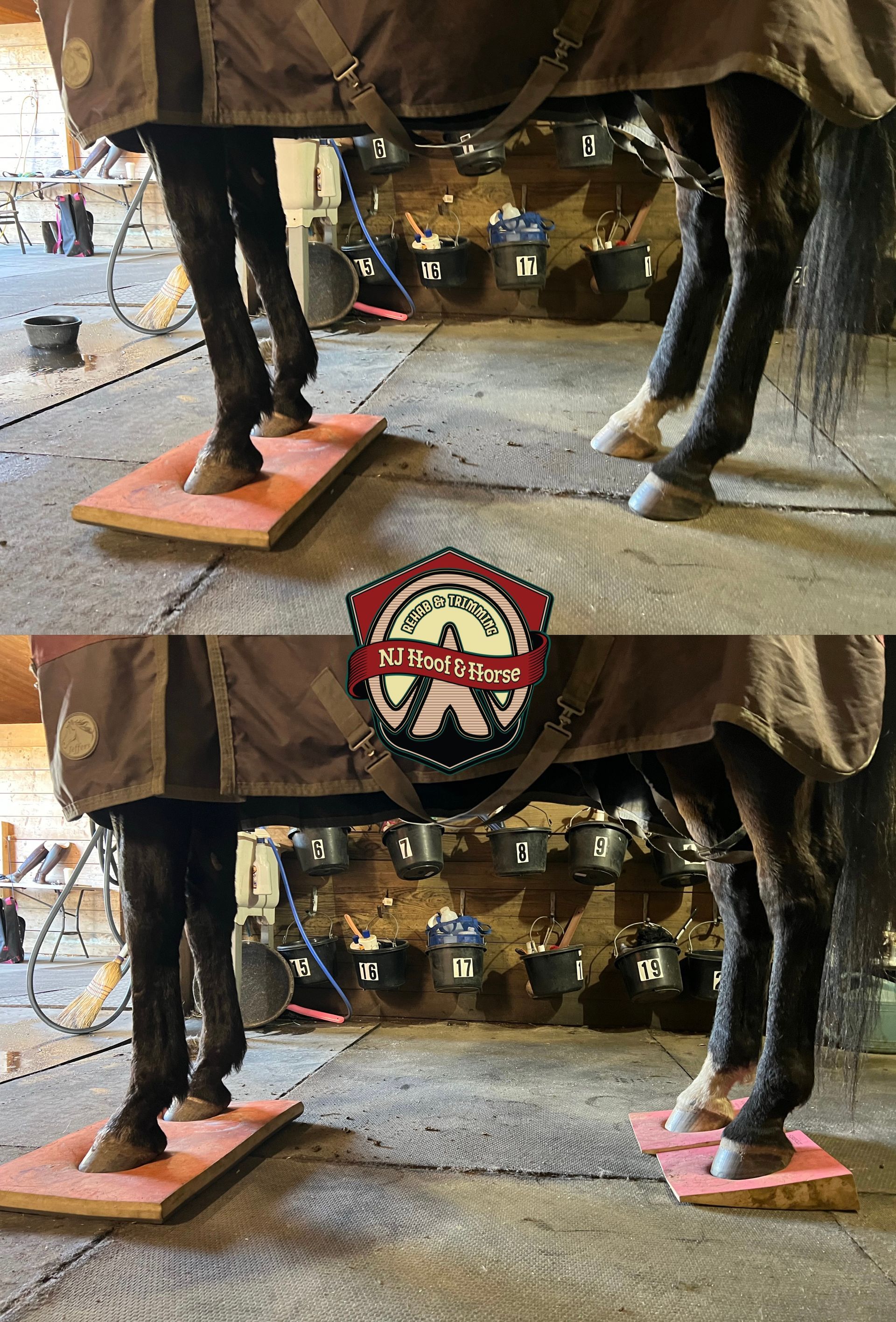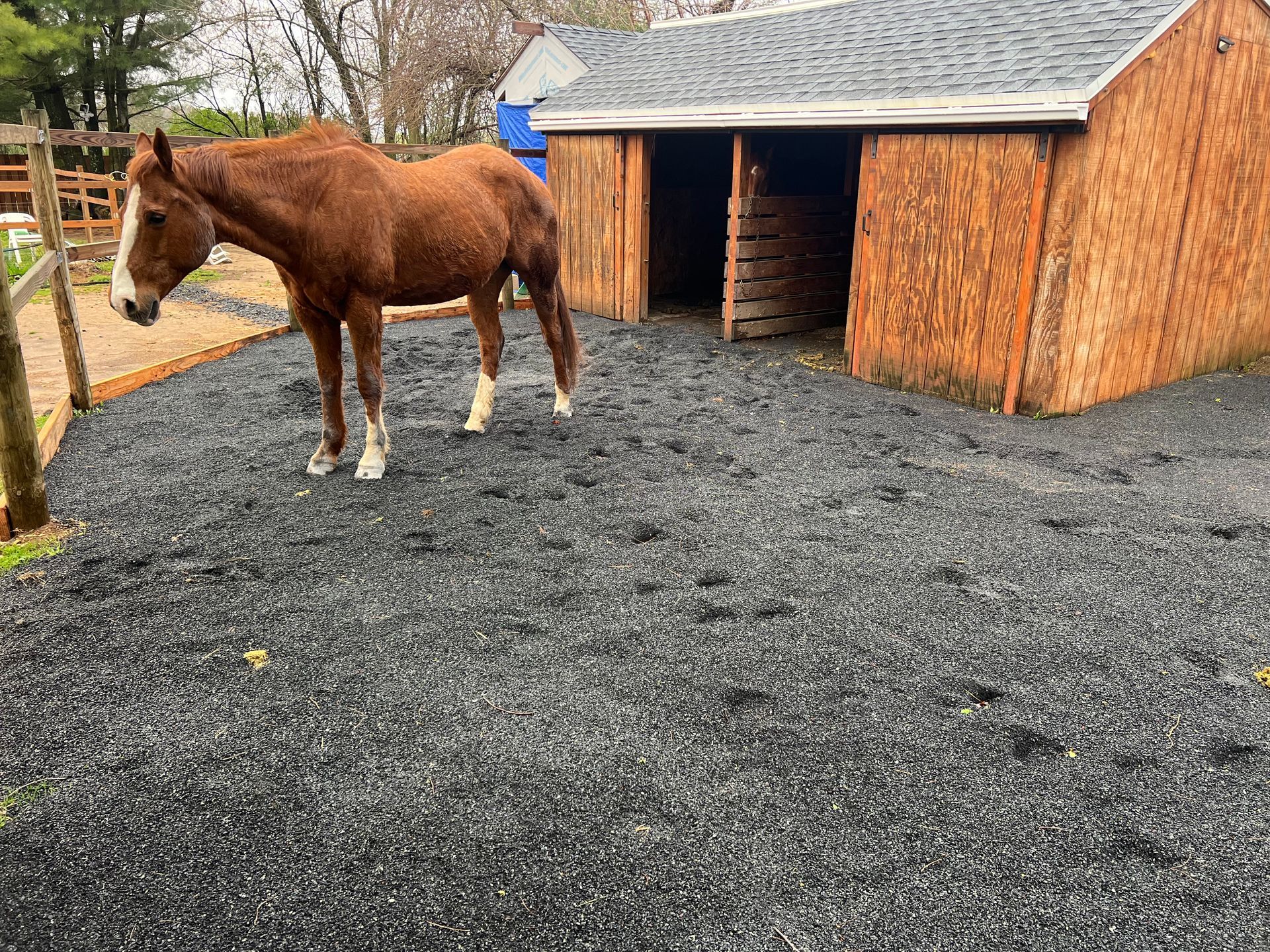How to determine caudal failure
One Minute Discussions #42
Discussing Natural Hoof & Horse Care
HOW TO DETERMINE CAUDAL FAILURE
Caudal failure is plaguing our domestic horses. It’s a result of lack of frog stimulation, thus the structures are failing to support the horse. That’s why it’s important to spot it in time and help the horse the best way you can.
Pick up the hoof, clean up and brush any dirt, debris, mud, etc.
Position yourself to see the frog looking downward (as in the first illustration below).
Even if the horse is wearing shoes, determin where the heel is (not the shoe but the true hoof heel).
Compare the height of the heel with the height of the frog. If you see that the frog is “reaching up”/ protruding/ is higher than the heels, you might be looking at caudal failure.
Second thing to look at is the heel bulb hairline. If you see the heels pinched, almost in an arrow-like shape, this is a red flag!
The horses hoof below improved within 4 weeks. He was wearing correctly fitted boots and was kept on a short trimming cycle. We can see the results already!
Denys A.
to see images visit like below:

